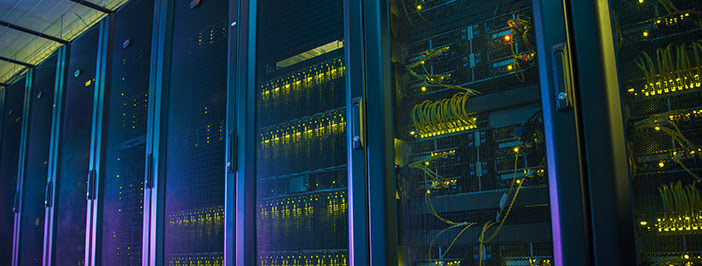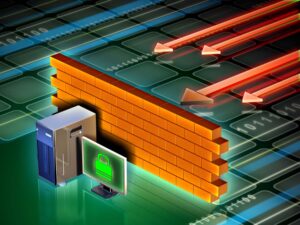Virtualization is a powerful technological advancement that makes working from anywhere in the world a snap. You can use virtual devices to connect to information and applications that would normally be stored at the office, even if you are in a different country or time zone.
Virtual Servers vs Virtual Desktops
There are two primary ways that your company can use virtualization – and they are not mutually exclusive. The first is a virtual desktop. This is the technology that lets people run different operating systems on the same computer. It also lets you access your work computer remotely and use it as though you are right there in front of it. Everything is drag and drop, making it easy to use. You can also sever the connection if you lose a device.
Related: 4 Must-Have Technologies That Improve Business Mobility
The second is a virtual server. This works just like a physical server, only you might not have physical access to it. In many cases, several virtual servers exist as software partitions within a single physical server. They allow multiple users (or organizations) to pool the resources of the physical hardware as needed. As such, virtual servers are infinitely scalable. Setting them up is more complex than a virtual desktop, but it is comparable to setting up a server versus setting up a PC.
Virtualization in Practice
Let’s look at different usage scenarios for each type of virtualization so you can see when you might choose one technology over another.
Virtual Desktops
Virtual desktops can do more than run a different operating system or access your work computer. For instance, if you work in application testing or a help desk, you might choose to have several virtual desktops so that you can see exactly what software users might be seeing. Virtual desktops also have important implications for home and office users.
Sometimes, you need to run an older operating system so that a certain program application works. In this case, you could set up a virtual desktop on your Windows 10 computer that runs Windows XP. You can store programs that use XP there, giving you a place to test your software. Many people will also set up virtual desktops for different users on a PC so that anything that one user does (like accidentally download a virus) won’t impact the core operating system.
Related: 7 Ways to Avoid Ransomware in Your Business
Virtual Servers
Virtual servers can serve some similar needs as virtual desktops. For example, in the same way that your PC might have application migration issues, a server can too. Setting up a virtual server precludes any problems. Virtual servers can be used to test server applications as well. This way you can see how a server application works without exposing your entire system to a potential issue, preventing your main system from potential downtime.
Related: 4 Surprising Ways the Cloud Reduces Costs in Your Business
You might also use a virtual server to reduce the number of physical servers you need to have in your office. In many cases, you wouldn’t even need to have a single physical server, but rather contract with a virtual server provider.
Virtualization Works
While virtualization is convenient for staff, it also works especially well for the companies.
Whether you need virtual desktops or virtual servers, you can enjoy gains across the board. You’ll see production boosts, you’ll gain access to legacy applications, and you’ll cut the expensive on-premise server hardware costs.
Have further questions about virtualized servers or desktops? We’re happy to answer them.




